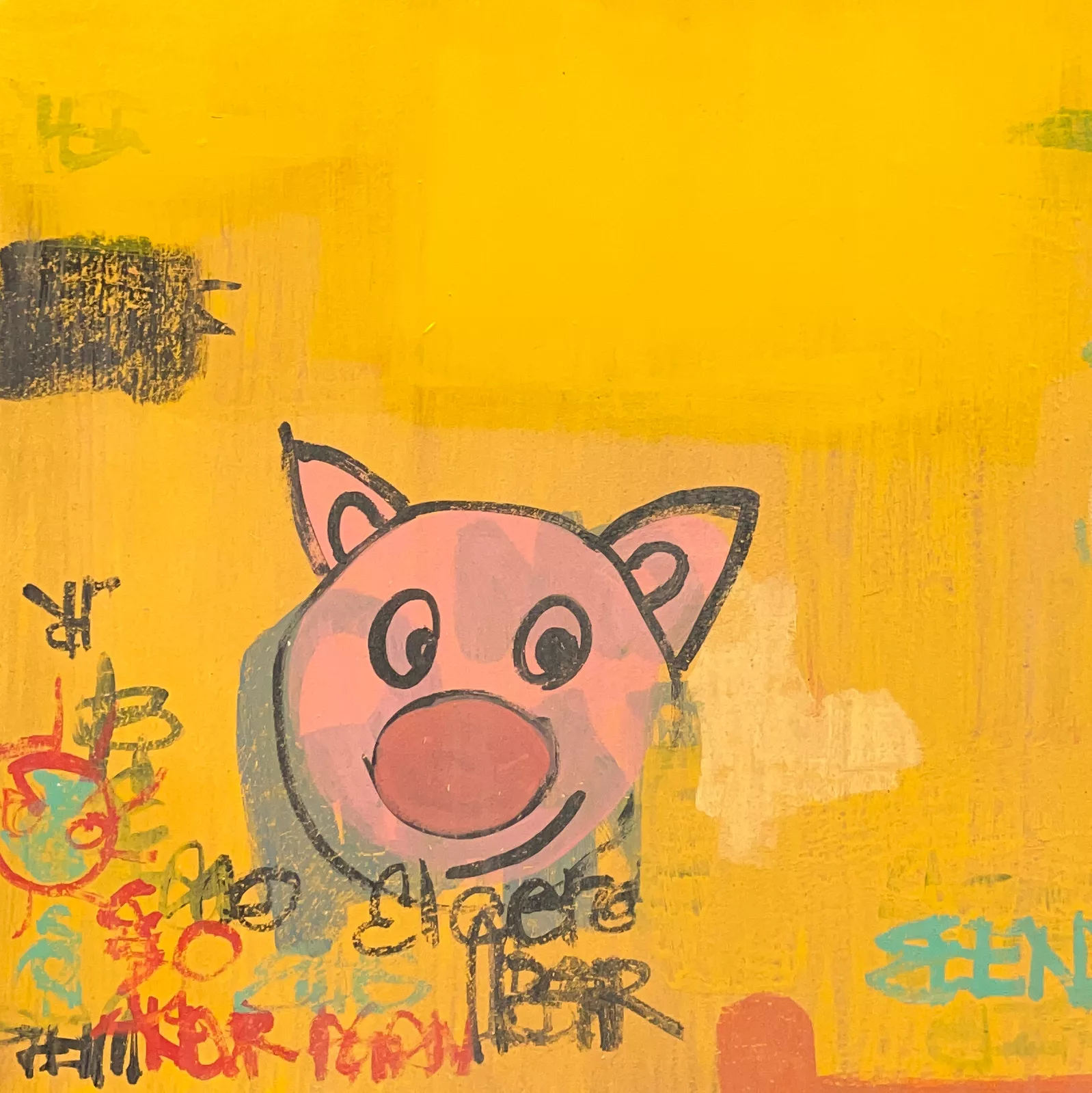The valuation of artwork—whether in the primary gallery setting or the speculative atmosphere of auction houses—remains one of the most enigmatic aspects of the art world. For seasoned collectors and newcomers alike, the question persists: What determines the price of a work of art? The answer is far from straightforward. Artwork pricing is a synthesis of diverse and often overlapping variables—some quantifiable, others deeply subjective. This reiterative composition unpacks the nuanced mechanisms behind artwork valuation, drawing on insights from market practitioners, gallery directors, and auction specialists.
The Complexity of Artwork Pricing
Artworks defy commodification in the traditional sense because their value is rarely dictated by intrinsic production costs alone. Instead, pricing is an elaborate dance between tangible attributes and intangible perceptions. Chloe Waddington, partner at the internationally regarded gallery Timothy Taylor, emphasizes this polyphonic nature: “Valuing an artwork is a combination of many factors: institutional recognition, market demand, career stage of the artist, condition, authenticity, medium, et cetera. No single factor should be considered in isolation or as more important than another.”
This layered complexity is amplified by the art market’s bifurcation into the primary and secondary sectors. While each sphere employs overlapping evaluative criteria, the role of perception, provenance, and public record is differently weighted, often leading to divergent pricing logic.
Supply and Demand: Market Fundamentals with Artistic Nuance
At its core, the art market—like any market—is governed by supply and demand. Yet the application of this principle in the context of fine art is nuanced by the object’s uniqueness. Unlike mass-produced consumer goods, artworks—especially in the case of original pieces—are inherently limited in supply. Hadrien de Montferrand, founder of HdM Gallery in Beijing, highlights this critical distinction: “If you have an artist that creates 20 pieces a year, then you will not have the same strategy as if you have an artist that produces 100 or 50 pieces a year.”
Scarcity is not merely a logistical concern—it becomes an accelerant for desirability, especially when combined with escalating institutional interest or collector demand. This is particularly true at auction, where emotional volatility and competitive impulse often result in hammer prices far exceeding pre-sale estimates.
Emotional and Subjective Value
Art, by its nature, invites emotional response. That emotional resonance, while difficult to quantify, is a real market force. Lars Bode, founder of the Berlin-based gallery Bode, underscores this point: “There’s always also an emotional value [attached to the work], which comes with a certain price, [so] it’s difficult to define.” The affective dimension—whether rooted in aesthetic appreciation, conceptual alignment, or personal narrative—can catalyze acquisition decisions and shape pricing trajectories.
This emotional valence is especially evident in the realm of contemporary art, where market newcomers may favor artworks with immediate visual or thematic appeal over historically contextualized pieces.
Primary Market Dynamics: Setting the Baseline
The primary market encompasses the first sale of an artwork, typically facilitated through galleries or directly by the artist. Here, pricing is less influenced by public bidding and more by curatorial positioning and strategic career development. Galleries play a crucial role in constructing the value architecture of an artist’s work. They evaluate formal attributes (medium, scale, technique), as well as the artist’s trajectory (education, residencies, critical reception).
For example, works on paper—often preparatory studies—are conventionally priced lower than large-format paintings due to their perceived hierarchy in materiality and labor intensity. However, this is not a hard rule. Exceptions abound, particularly when the work on paper is of historical significance or rarity.
Further, an artist’s debut pricing is not static. It is revisited periodically, especially in light of institutional milestones or notable sales. The progression is meant to be steady and substantiated. “Any increase in prices must be measured,” says Waddington, “and strike a balance between projecting confidence in an artist’s market and not outpacing their most ardent supporters.”
Secondary Market: Provenance, Rarity, and Public Record
The secondary market, by contrast, engages with works that have already been sold once. Here, pricing is dictated by additional layers—most notably provenance, rarity, and market visibility. Works by deceased artists, whose output is irrevocably finite, are especially susceptible to price inflation driven by rarity.
A defining example is Egon Schiele’s Liebespaar (Selbstdarstellung mit Wally), which realized $12.12 million at Sotheby’s in 2012. The work’s art historical importance, coupled with its rarity and impeccable provenance, justified the unusually high valuation for a work on paper.
Provenance can elevate value substantially. A well-documented ownership chain—especially one that includes respected collectors or museum exhibitions—signals credibility, importance, and desirability. As Emma Baker of Sotheby’s London notes, “Provenance is a great [factor] that really can affect value,” especially when “fresh to the market and from an amazing collector.”
Auction prices, because of their public nature, also exert a trickle-down influence. A record-setting sale can lead to reappraisals across the artist’s oeuvre, affecting both new works and existing holdings in private or institutional collections.
Market Volatility and Career Trajectories
Artwork prices are inherently dynamic. For living artists, value can rise in tandem with career visibility: solo museum exhibitions, biennial participations, major gallery representation, or collection by prominent patrons. This evolving trajectory requires strategic pricing management.
“Price making is critical on the primary market and should be handled carefully,” explains Tristan van der Stegen of Xippas, Paris. “Lowering prices would demonstrate that we have lost confidence in the work.” Pricing is thus both a financial and reputational exercise. Galleries must balance affordability for early supporters with the need to reflect rising market value.
For posthumous markets, prices can also escalate following reappraisals of an artist’s work. Take the case of Salvo, whose work gained significant international attention only after his death in 2015. By 2023, his painting Il Mattino fetched over $1.1 million at Christie’s Hong Kong—a figure unthinkable during his lifetime.
This phenomenon illustrates how market systems—curatorial attention, collector focus, and institutional validation—can elevate an artist’s stature and, by extension, their market value, long after their creative output has ceased.
Rarity, Prestige, and Historical Significance
When scarcity, significance, and prestige converge, the result can be unprecedented value. The paradigmatic case is Leonardo da Vinci’s Salvator Mundi, which shattered all expectations with its $450.3 million sale in 2017. With fewer than 20 surviving paintings attributed to the Renaissance master, the opportunity to acquire a Leonardo was historic. Rarity, in this case, was absolute.
Though exceptional, Salvator Mundi offers a blueprint: the most expensive artworks are those at the intersection of limited availability, artistic pedigree, and global attention.
Auction Estimates: Market Thermometers, Not Guarantees
Auction estimates serve as indicative benchmarks, derived from comparative analysis of previous sales, artist rankings, and market context. However, they remain speculative. The ultimate price is dictated by buyer competition. Thus, auction sales act as both a diagnostic and a driver of market value.
These results can reverberate beyond the auction block. A single high-profile sale can recalibrate an artist’s market positioning, influencing gallery prices, future auction estimates, and institutional interest.
Van der Stegen distinguishes two ranking systems: one based on institutional pedigree (museum shows, critical reception), and another on auction performance. The artists who thrive in both ecosystems occupy the upper echelons of contemporary valuation.
Three Strategies for Collectors: Navigating the Art Market
In light of this complexity, how should collectors—especially new ones—approach the art market with discernment?
- Leverage Transparent Platforms
Digital platforms should most likely offer invaluable visibility into pricing, especially for primary market works. They also enable comparison across artists, mediums, and galleries. As Lars Bode advises, “Use platforms because you see a lot of different artworks and different prices.” The platform’s price database can also contextualize auction history, providing concrete data points for valuation. - Engage with Gallerists Directly
Dialogue is crucial. Gallerists are not just intermediaries; they are advocates for the artist and educators for the collector. Chloe Waddington encourages transparency: “Don’t be afraid to ask for the pricing and availability of artwork; most gallerists are happy to be transparent in sharing this information.” - Cultivate Connoisseurship
There is no substitute for informed appreciation. Van der Stegen emphasizes immersion: “Take your time, visit galleries and museums, and talk to those who have a good knowledge of the works.” Informed collectors not only make better acquisitions—they contribute to the ecosystem by championing artists they believe in.
Impression
The valuation of artwork resides at the crossroads of market analytics and emotional experience. Though auction results and gallery pricing offer tangible indicators, the intangible remains a powerful force: personal connection, cultural relevance, and historical resonance. Understanding the art market requires both critical reasoning and emotional acuity.
Ultimately, collectors must navigate this landscape with curiosity, caution, and conviction. Whether acquiring a $10,000 piece from a mid-career artist or vying for a blue-chip canvas at Sotheby’s, the goal should remain consistent: to invest not only in an object, but in the artistic vision it embodies.
No comments yet.








